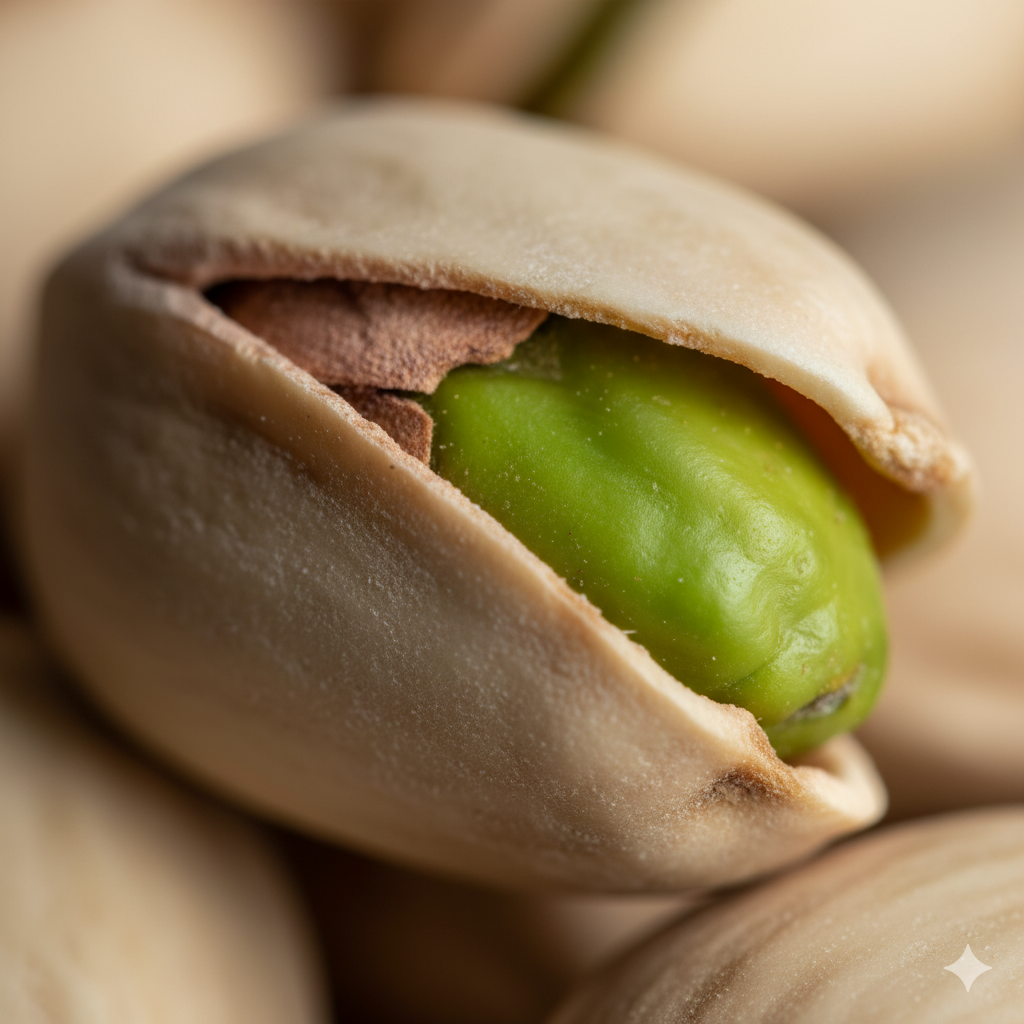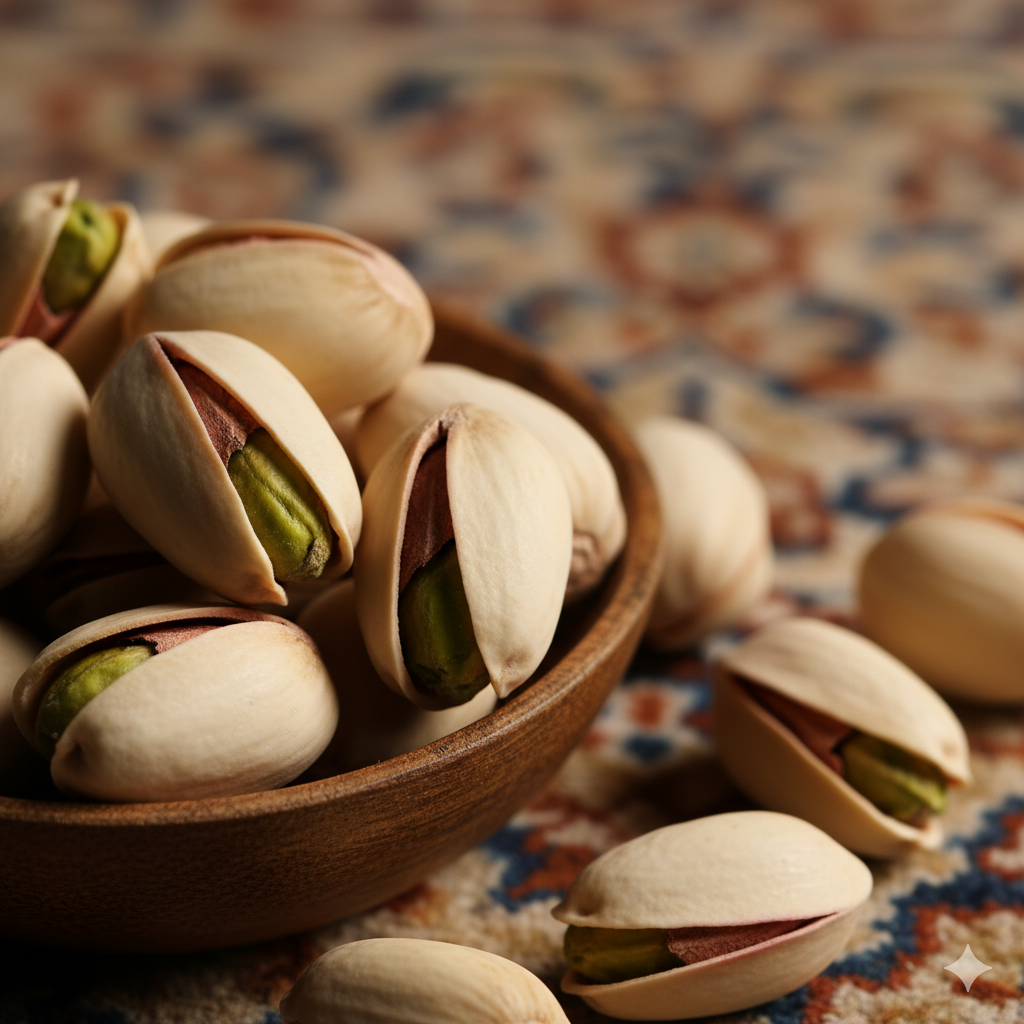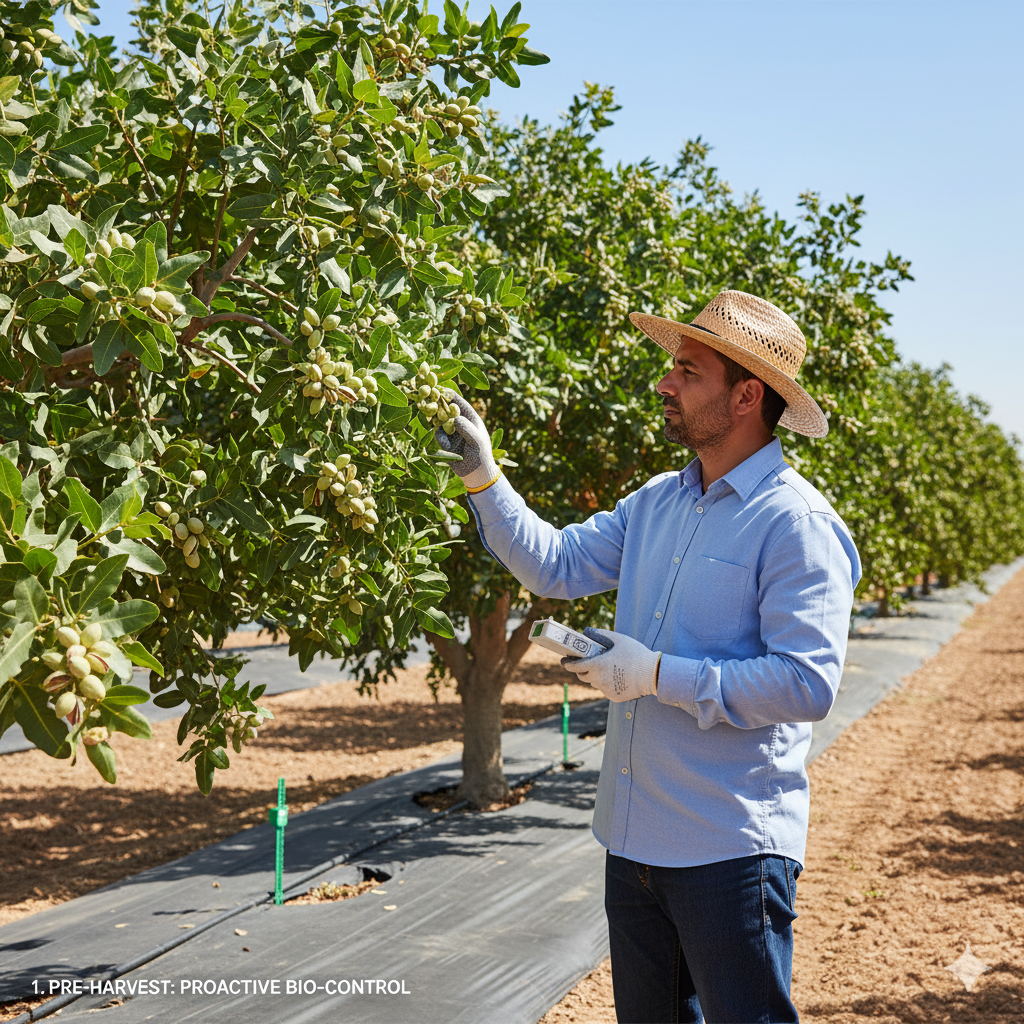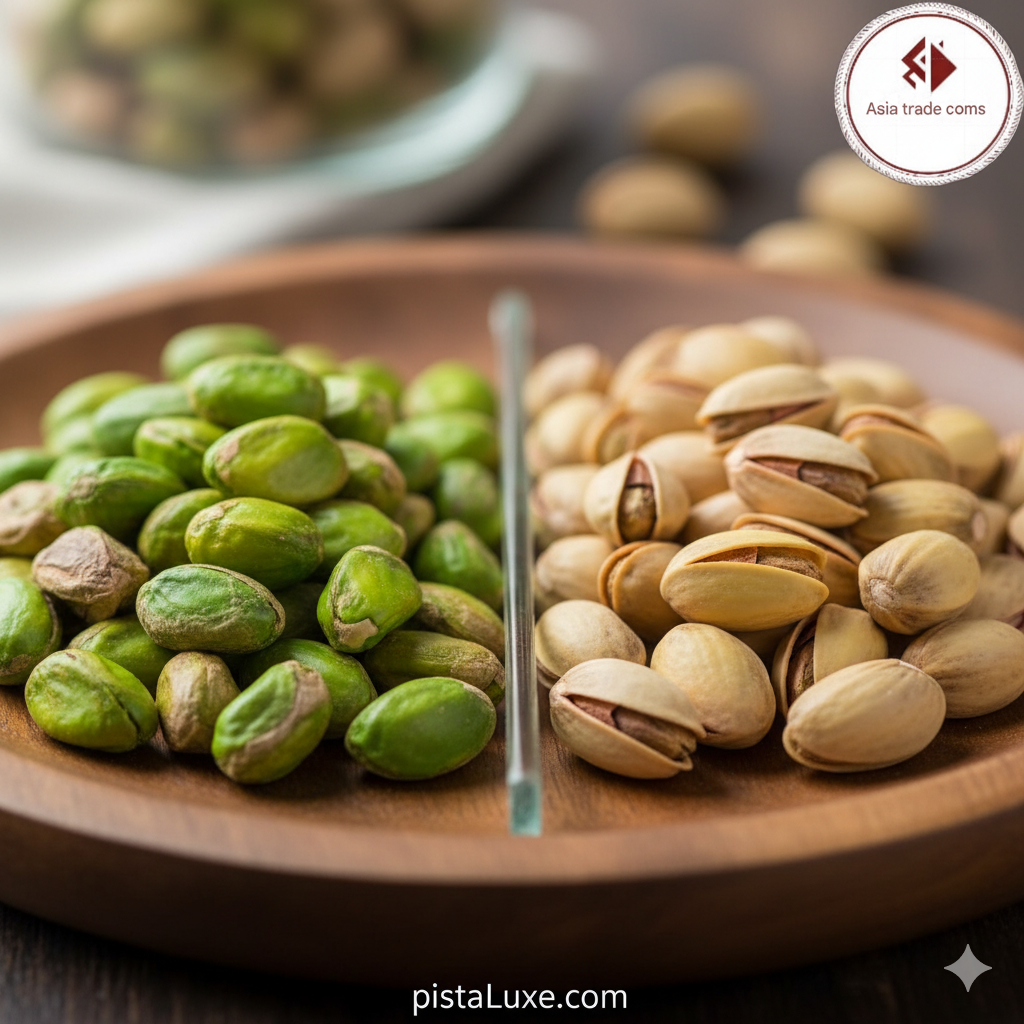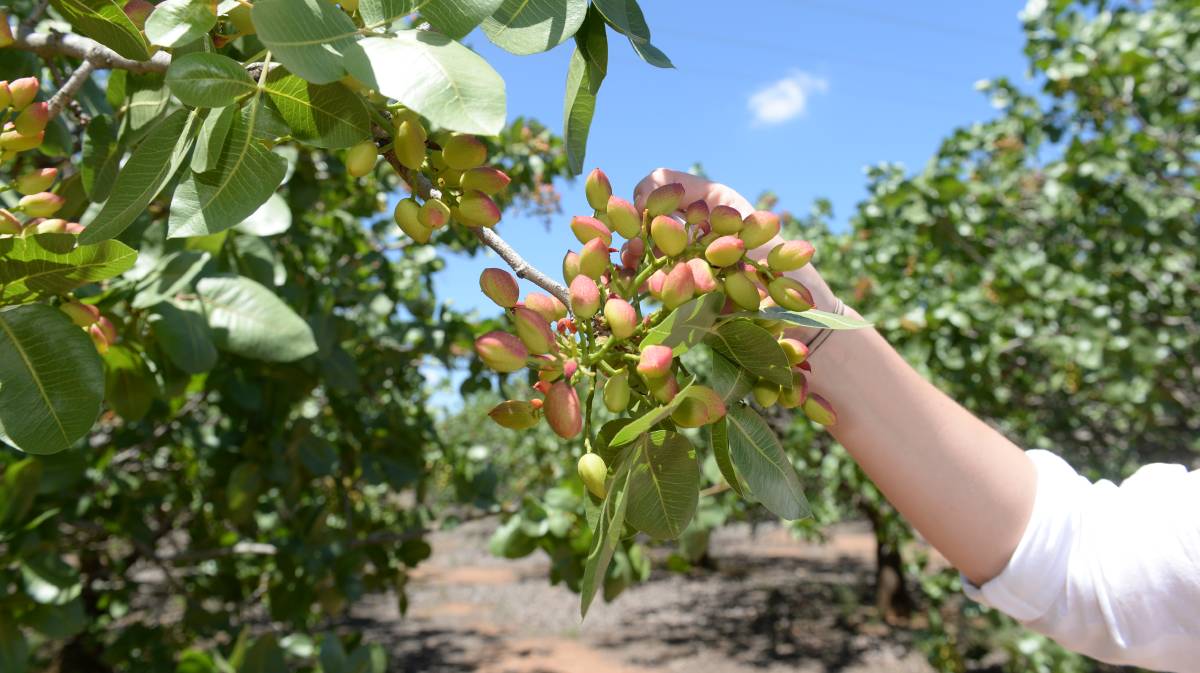
Introduction: The Dust and the Dream
The story of the Ahmadi family is inextricably linked to the deep, ochre-colored soils of central Iran, specifically the storied agricultural heartland near Rafsanjan. For over seven decades, this land—a harsh canvas painted in shades of beige and terracotta—has been the demanding partner in a generations-long relationship centered around one precious commodity: the pistachio. This narrative delves into the origins of their Pistachio Farming Narrative, tracing the arduous journey from barren ground to thriving, productive orchards, a testament to deep-rooted commitment and Generational Agriculture Iran.
The patriarch, Reza Ahmadi, began his work not with high-tech machinery, but with an unwavering understanding of the desert’s temper. His decision, made in the early 1950s, to invest his meager savings in pistachio saplings was seen by some neighbors as folly. Why choose a tree that demands patience—maturing over five to seven years before yielding its first meaningful crop—over more immediate, less demanding staples? The answer lay in the enduring promise of the Pistacia vera: its drought tolerance and its potential to secure a lasting legacy.
Chapter I: Establishing the Foothold in Arid Land Farming
Arid Land Farming is not merely cultivation; it is a conversation with scarcity. The initial phase of Pistachio Orchard Establishment was defined by sheer physical endurance. The primary challenge was, and remains, water.
Reza’s first task was securing a reliable water source. In a region where surface water is a myth for most of the year, this meant delving deep. The early wells were dug by hand, sometimes reaching depths of 30 meters or more. The knowledge of where to drill, often passed down through oral tradition by local well-diggers, involved reading subtle shifts in rock formations and humidity traces—a secret language of the desert that formed the bedrock of their nascent operation.
The selection of rootstock and scion wood was critical. Reza insisted on superior local cultivars known for their productivity and resistance to local pests, ensuring genetic continuity that prioritized hardiness over immediate yield. The planting itself followed precise astronomical and seasonal calculations, designed to maximize the benefit of the sparse winter rains.
Chapter II: The Water Crisis: A Constant Companion
The existential threat to any Iranian pistachio operation is the Water Crisis Pistachio. The Ahmadi family faced this reality daily. Traditional irrigation methods—flood irrigation—were disastrously inefficient, rapidly depleting already strained aquifers.
Reza’s son, Ali, who joined the farm in the 1980s, recognized that tradition alone could not sustain the next generation. This period marked a pivotal shift in their approach to Iranian Agricultural History, moving from reliance on ancestral practices to adopting modern necessity.
Ali spearheaded the transition to pressurized water systems. This shift required significant capital investment, often necessitating selling heirloom silver to finance the purchase of pipes and pumps. The implementation of early forms of drip irrigation, though crude by today’s standards, revolutionized their efficiency.
The mathematical rationale behind water efficiency became an obsession. They began monitoring the water use efficiency (WUE) for their trees, aiming for optimal evapotranspiration rates.
By calculating and adjusting the frequency and duration of irrigation cycles based on soil moisture probes—another early adoption—they managed to maintain productivity even as municipal water allocations shrunk by nearly 40% over two decades. This adaptation was not simply technological; it was philosophical—a profound respect for every drop.
Chapter III: Climate Change and Soil Salinity: The Invisible Enemies
Beyond water scarcity, the arid environment introduced the insidious threat of soil salinity. High salt content in the irrigation water, a common consequence of over-extraction, inhibits nutrient uptake, stunting growth and reducing nut viability.
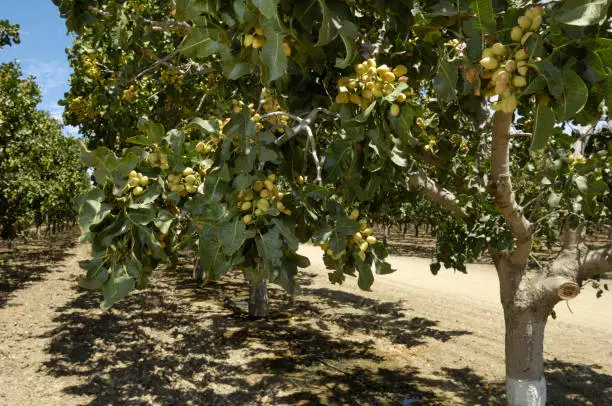
The Ahmadis combatted this through rigorous land management learned through necessity. They implemented strategic leaching cycles—applying an intentional, controlled excess of water during specific dormant periods to flush accumulated salts below the root zone. This practice, however, demands an even greater short-term water sacrifice, highlighting the constant trade-offs inherent in Arid Land Farming.
Furthermore, the subtle, yet undeniable, impact of climate change became apparent. Winters became warmer, reducing the essential chilling hours required for consistent bloom synchronization, leading to erratic yields. The family adapted by selectively pruning trees to encourage denser canopies, offering a microclimate shield against the increased intensity of summer heatwaves.
Chapter IV: Knowledge Transfer and Resilience
The resilience of the Ahmadi farm is embedded in the knowledge transferred across generations. Reza taught the rhythm of the land; Ali introduced the science. Now, Layla, Ali’s daughter, brings the quantitative rigor of modern agronomy.
Layla emphasizes soil health—the invisible infrastructure of the orchard. She introduced organic amendments, utilizing composted nut shells and agricultural waste to improve soil structure, enhancing water infiltration rates and nutrient retention.
“Our resilience isn’t just in surviving a drought,” Layla often reflects. “It’s in understanding that the soil is a living system. My grandfather fought the desert with brute will; we fight it with informed cooperation.”
This handover—from the wisdom of the soil to the precision of the data—ensures that the legacy is not just a collection of trees, but a continuously evolving system poised to face the next climatic or economic hurdle. The Ahmadi farm stands today not just as a producer of pistachios, but as a living chronicle of Iranian Agricultural History, defined by adaptation, sacrifice, and the enduring pursuit of the green gold hidden within the shell.
To order or get advice on pistachio and dried fruit varieties, contact our team via our official WhatsApp. Our support team is ready to answer your questions and can help you choose the right pistachio and dried fruit. WhatsApp number 009890214773705


